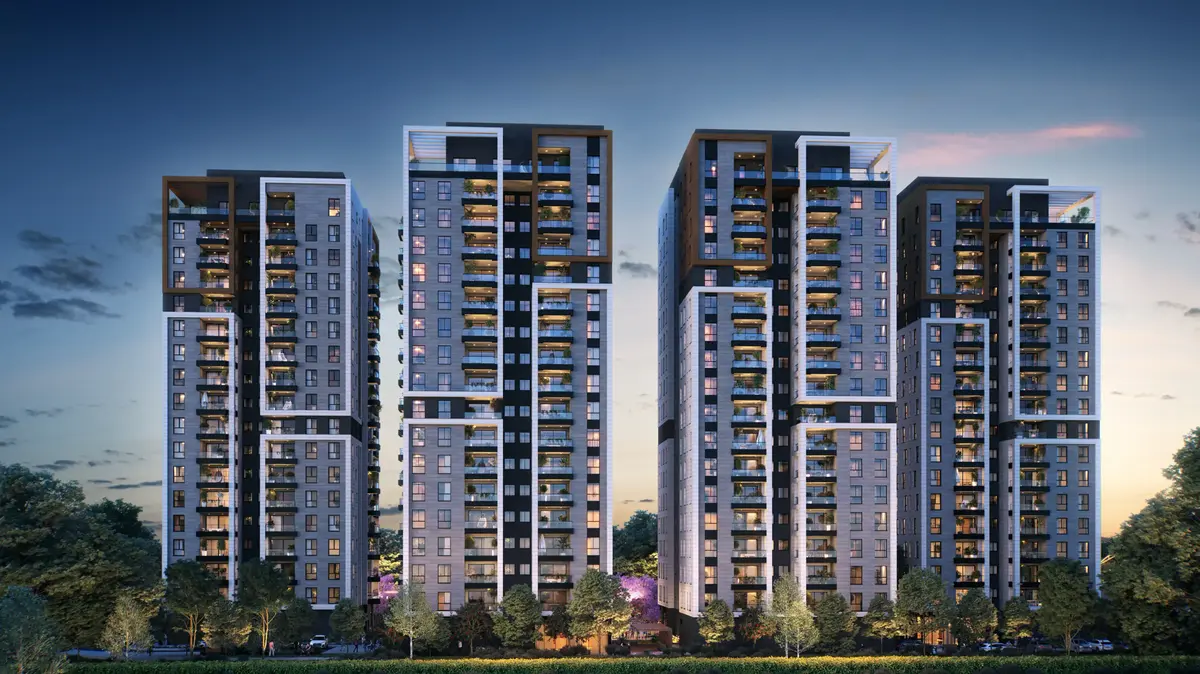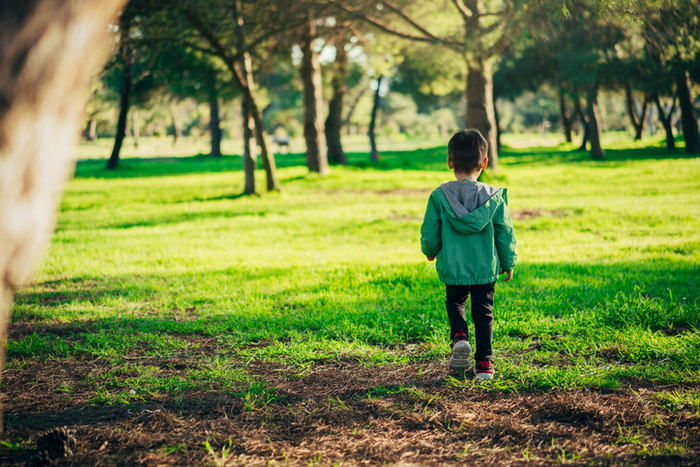We need more green areas close to home, even if they are small.
And they are needed, above all, by our health.
Both physical and mental.
There is plenty of evidence that proves the need for human beings to contact nature.
Some authors have even highlighted the serious problems that we can suffer when we lack that connection.
In 2005, the American journalist Richard Louv coined the “nature deficit disorder” in his book
The Last Child in the Forest
to indicate that contact with nature is essential for the development of people and, in particular, of the smallest .
Earlier, in 1984, Edward O. Wilson proposed the
Theory of Biophilia
because he thought that part of human behavior was governed by the ecological relationship that the species had with nature.
These theories have been complemented by others such as Roger Ulrich
's Stress Reduction
, or
Rachel and Stephen Kaplan
's Nature's Restorative Effect .
The first proposed that the reduction of stress levels occurs much more quickly in natural environments than in artificial ones.
And the second talks about the recovery of attention span lost by daily activities.
But there are many other studies that support the need for contact with nature, even in small areas, for proper vital development, especially for children and the elderly.
There are authors such as Jaime O'Shanahan who raise the need for a "minimum dose" of nature accessible to all.
Green areas fulfill multiple functions.
They contribute to the creation of a microclimate suitable for human comfort, preventing sunlight in the overheated months and allowing it in the underheated ones.
In case of need, deciduous trees can go a long way in achieving this;
Its effectiveness in reducing the urban heat island has even been verified, due to which the temperature inside cities is usually two or three degrees higher than outside.
For our cities to be healthier, we must create spaces for coexistence
Green areas also contribute to reducing certain types of pollution.
In the case of air pollution, urban nature serves to absorb harmful particles.
As for visual and acoustic pollution, trees and plants reduce the amount of information that in highly artificial environments can exceed the brain's ability to process it, producing stress.
In this way, green areas increase urban comfort, and a comfortable urban space is directly related to its use.
If we want to achieve walkable cities, in which one of the scourges of the current century, sedentary lifestyle, improves, nature can help a lot.
There are many studies on this, particularly in relation to children.
A 2007 paper by Liu, Wilson, Ki and Ying published in the 21st issue of
The Science of Health Promotion
shows that there is an inverse relationship between childhood overweight and vegetation.
And this is also seen in other works that relate, in older people, physical activity and proximity to green areas.
In order for our cities to be healthier, spaces for coexistence must be created.
Well, green areas can be excellent spaces for coexistence if they are properly designed: if they are comfortable, you can practice some recreational activities in them, they are beautiful and they have places to rest and exercise.
So they should be complemented with games for children and exercise equipment for the elderly, placed as close together as possible so that the proper interaction between different generations can occur.
In addition, these green areas must be close to homes.
There are surveys that quite clearly relate the greater frequency of use with a shorter access time.
Thus, according to a paper presented by Pedro Calaza in 2016 at a conference organized by the Zaragoza City Council, if it is ten minutes away from the houses, more than 70% of residents use them, while if it is half an hour or more Not even 5% come.
The urban green fabric should be made up of a series of spaces of different sizes, although centered on the smallest ones, which would be the closest
This means that nearby green areas should be the basic organizational framework of our cities.
Not, as often happens, the opposite situation: the urban planning plan dedicates the residual spaces to these areas after having organized roads and residences.
This does not mean that there should not be natural areas larger than the proximity green, which is usually small.
These larger areas would be used more sporadically and their design would be different, with natural elements predominating.
The urban green fabric should be made up of a series of spaces of different dimensions, although centered on the smallest ones, which would be the closest ones, suitably designed according to the function of each one.
The largest ones would be the most natural, while in those of proximity, smaller, the component of naturalness would be less.
All of them should be linked with each other and with peri-urban spaces and even with those that are farthest from the cities.
In this way they would constitute a suitable urban green infrastructure, not only from an ecological point of view, but also functional.
The ecological desirability of a green infrastructure is beyond any doubt, not only for the maintenance of biodiversity, but for many other reasons included in various studies such as the
Municipal Green Infrastructure Guide
published by the FEMP.
It is also worth noting the fact that the functional union between all the green areas has undeniable advantages for health.
The first and most obvious is that it allows physical exercise, not limited to small areas.
For example, a circuit can be designed for running or for bicycles.
This connection also favors social interaction with people other than those in the surrounding environment.
This is very important in urban life, since the city has been characterized precisely by the relationship with the other, with those who are not known to us, with those who do not live by our side.
In this way, routes could even be proposed that reach the ecological reserve areas located outside the city, increasing the possibilities of exercise and contact with increasingly natural areas.
With all these elements, it can be concluded that, in the construction of new urban areas, nearby green spaces should be the center of their design.
More difficult problem is to address this issue in already consolidated areas.
In this case, it would be necessary to try to rescue any existing land without building and convert it into a green area;
even reducing the space dedicated to cars.
Also, through the greening of facades or roofs for the connectors and, of course, trying to recover the rivers and streams, boulevards and any existing element of nature.
Our health, both physical and mental, will appreciate it.
José Fariña Tojo
is a professor of Urban Planning and Land Management, and professor emeritus at the UPM.
You can follow PLANETA FUTURO on
,
and
, and subscribe
to our 'newsletter'
here
.








/cloudfront-eu-central-1.images.arcpublishing.com/prisa/KMEYMJKESBAZBE4MRBAM4TGHIQ.jpg)


